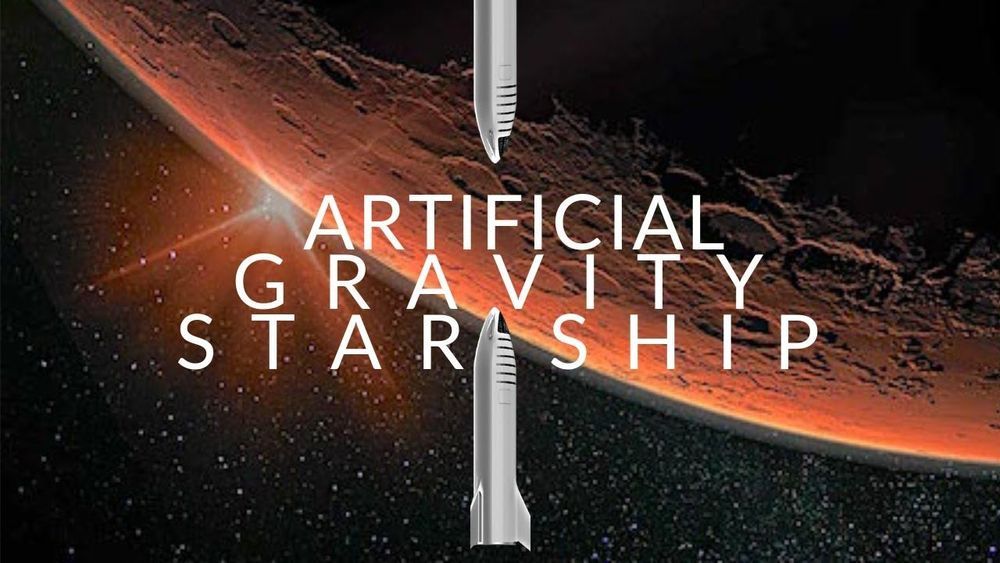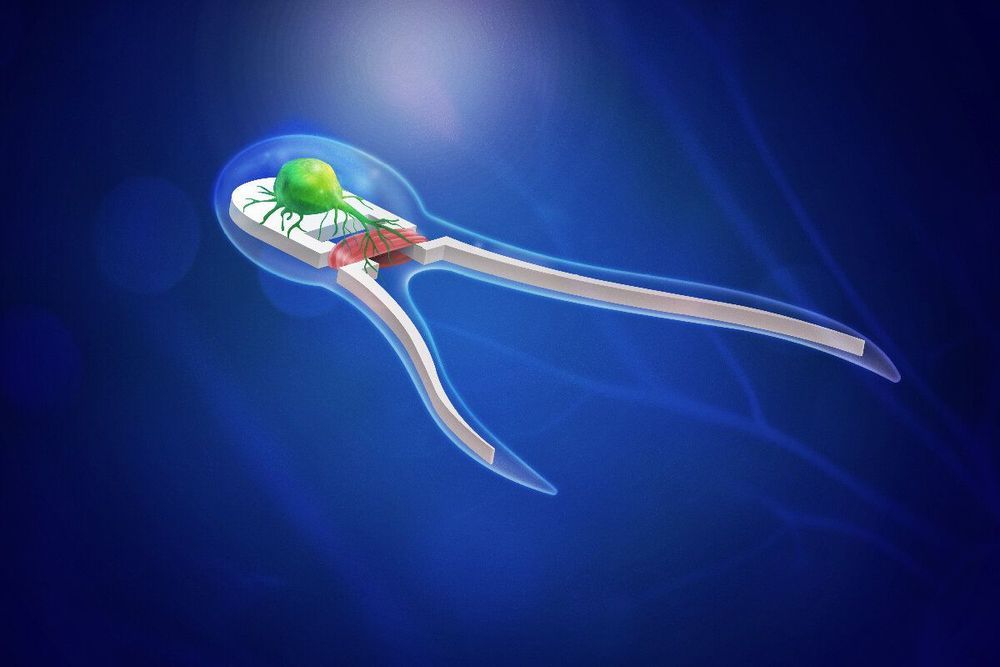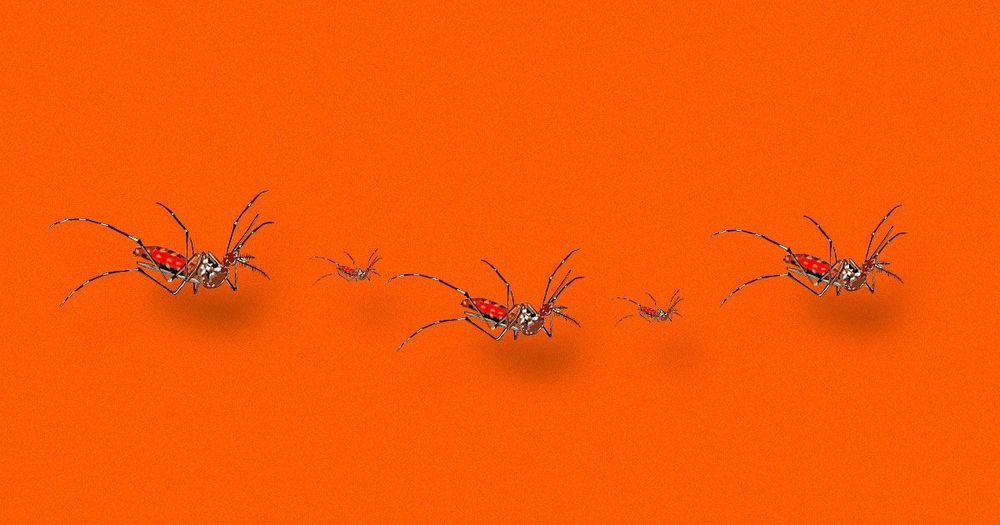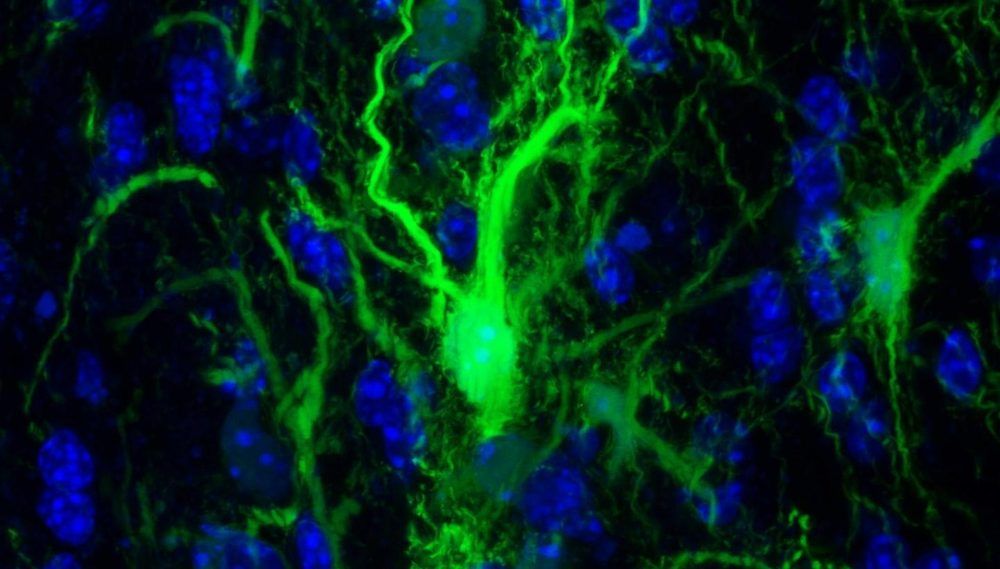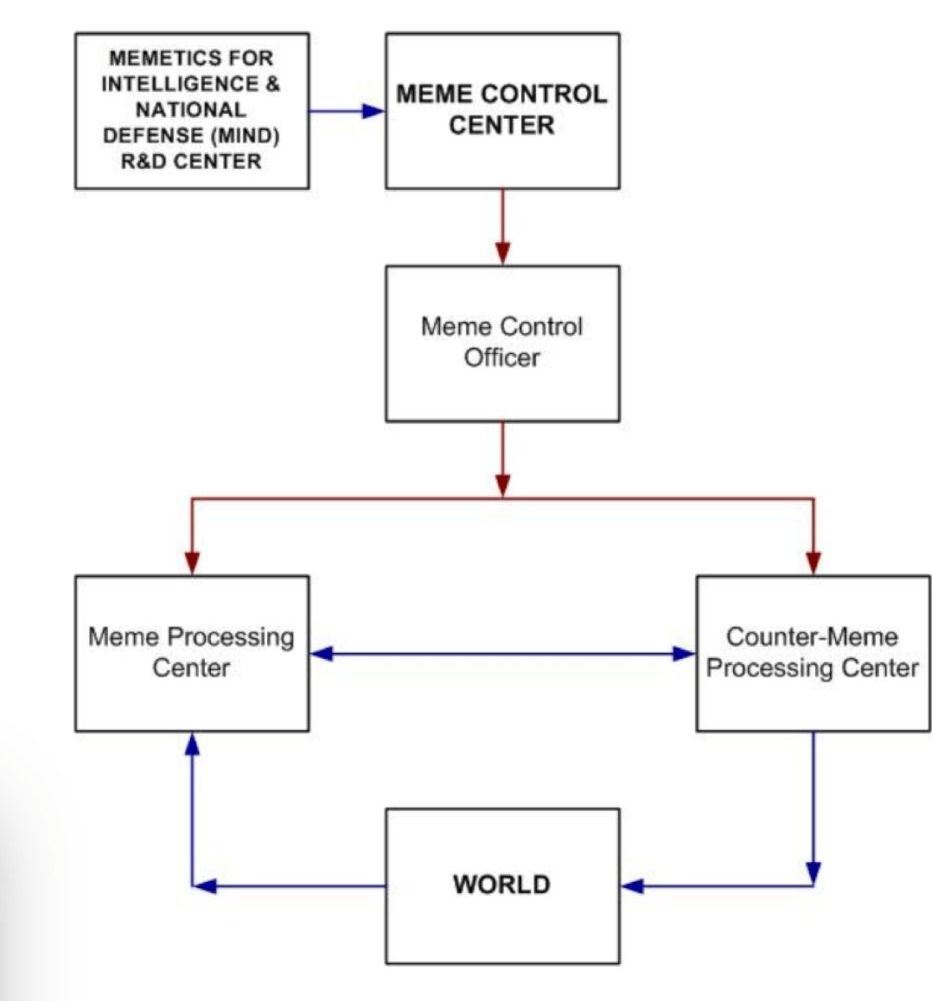Despite the many, many problems we face in the world today, it is still an exciting time to be alive! As we speak, mission planners and engineers are developing the concepts that will soon take astronauts on voyages beyond Low Earth Orbit (LEO) for the first time in almost fifty years. In addition to returning to the Moon, we are also looking further afield to Mars and other distant places in the Solar System.
This presents a number of challenges, not the least of which are the effects of prolonged exposure to radiation and microgravity. And whereas there are many viable options for protecting crews from radiation, gravity remains a bit of a stumbling block. To address this, Youtuber smallstars has proposed a concept that he calls the Gravity Link Starship (GLS), a variation of SpaceX’s Starship that will be able to provide its own artificial gravity.
The idea was inspired in part by science fiction. Depending on how realistic a franchise is trying to be, starships will either generate their own gravity using some special device or through rotating sections. While the former concept is much like the hyperdrive (i.e. uses physics that are either totally fictitious or theoretical at this point), the latter is something that is entirely feasible.
